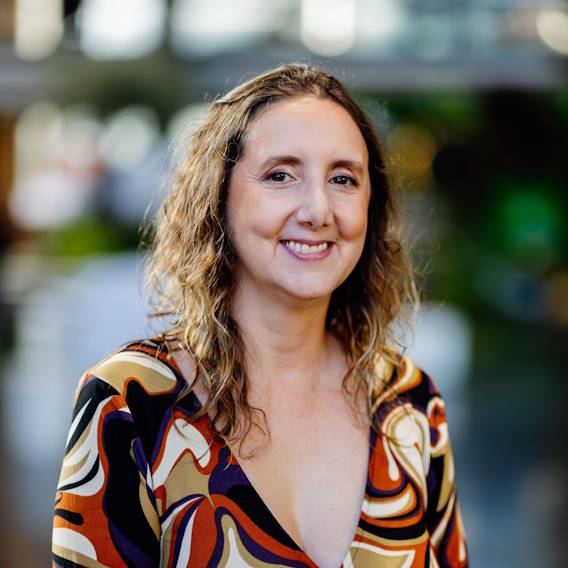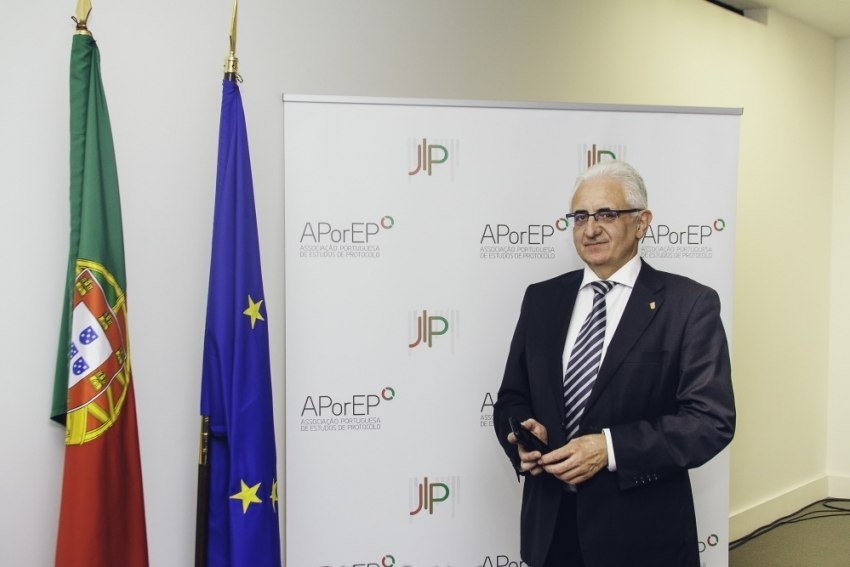Stela: technology at the service of protocol
23/03/2020
# tags: Protocol , Technology
Javier Carnicer's taste for technology began at an early age. “When I was a kid, I disassembled toys to find out what was inside, I always found it interesting to know why things happened and then I really like maths,” he explained Event Point during the Protocol Days of APOREP - Associação Portuguesa de Estudos de Protocolo (Portuguese Association of Protocol Studies). That is why technologies were early incorporated in his protocol work. “My colleagues in the protocol often asked me: how do you explain what you want to do to IT professionals? And I answer: I explain myself and then I program. What I did was applying to my job’s needs new technologies that fulfil some objectives, but above all two: live better and make fewer mistakes”, says this Protocol expert.
One of the first experiences in which he used technology at the service of protocol was a world congress of the Houses of Aragon, which took place in Zaragoza. “I started with a market application called filemaker and started making developments for the organisation of events. Little by little I was evolving and I realised that I should find some way to be able to design events in a more exact way. I realised that the tools we used already did it, but we didn't know how to make the most of them ”, Javier Carnicer added. Then he started creating scenarios in isometric networks (see photo below). From here, even more complex developments were a matter of time. Especially because technology allows to prevent errors. “Stela generates a work system. When there is systematic work, anything out of the ordinary catches the eye. So you detect it. It is called routine work. When you work like this, you detect errors first. In addition, as we are able to generate virtual scenarios, we can also see events beforehand, and we can detect failures”. In other words, mistakes are made before they happen and can be prevented and corrected.
He was promptly encouraged to create a platform that would allow it to be used by other professionals. “Two years ago, with the support of a Galician financial entity, A Banca, we decided to standardise the platform together with an Aragonese company. I spent two years with them developing the platform. Little by little it is becoming well-known. We did not do any advertising campaign, just word-of-mouth, and those interested will get in touch with Diaple, and they will manage it”. According to Javier Carnicer, some strong brands have already joined the platform, such as the government of Spain - Moncloa and the government of Andorra.
Stela is the union of two worlds - technological and protocol-, offering work methodology, task coordination, contemplating the creation of models to make protocol work easier. Precedences, invitations, registrations, space and seating management, reservations, menus, gifts, are some of the tasks controlled by Stela. The platform allows better communication with the teams that are organising the event, and the coordination of professionals from the various subjects involved. The platform also has the ability to save all records related to an event: documents, videos or photographs. One of Stela's strengths is that it can be used anywhere in the world and the tasks of each team member are known to everyone. Associated with this software, there is the mobile application. At this time it is not yet available in Portuguese, but if you are interested, it can be adapted to our language.
Six questions to Javier Carnicer
Was it difficult for your team to get used to these new processes?
As the tool has different parts, what I do with my colleagues is to teach them in segments, and there comes a time when everyone knows the platform well and handles it effortlessly. It is quite intuitive. The work team learns fast and then gets used to this form of work.
How do you see the development of the application?
We took some time before it could be used anywhere. It is standardised. Because up to this point, only my co-workers and I could use it. Now anyone can do it. In order to make this platform useful for everyone, we spent two years making developments so that it works equally in Lisbon, Coimbra or Paraguay. And this tool is never finished because there are always things to improve.
Did you feel the support of the employer in this project?
We are very lucky in Aragon, because the people managing protocol in the institutions have a good relationship. And none of the people who are in the political links protocol. They are all technicians. In addition, our institutions support us. When I started putting these tools into practice at the institution where I work, I was completely encouraged to move forward.
What are the major challenges of protocol at the moment?
To be understood. Protocol work, if things are done properly, has a very important value. It also has a very important value if done poorly. The positive effects can be as overwhelming as the negative ones. We are a part of the whole so one of the challenges of protocol is that professionals are aware of their role because they are showing, through the organisation of events, a country’s way of being, an institution’s way of acting, they are passing on values.
Do you believe that the skills of protocol professionals are changing?
Not just the protocol professionals’. Almost all professions. Now professional action is transversal, it is interrelated and it is interdisciplinary. It is necessary to try to know more about more things, but at least to know who to ask. The person in charge of protocol is not only concerned with the order in which we should sit in a room, he is concerned with many other things. If each one works vertically, he works poorly. We are at a moment of interrelation between professionals.
And how have social media changed the way you work?
This work has a weakness. We are subjected to the dictatorship of error. It only draws attention to what fails. If something goes wrong, everyone knows. In addition, it is broadcast immediately because it has content such as humour or tragedy, and is immediately disseminated through social media. The recipe for this is reflection, the quality of work and controlling all the parameters that we can control. Social media, like everything, have good things and bad things, but they also have to be put in place, what happens there is not the most important thing. Especially since much of this content end half an hour after being read.
Cláudia Coutinho de Sousa

© Cláudia Coutinho de Sousa Newsroom
claudia@eventpointinternational.com


